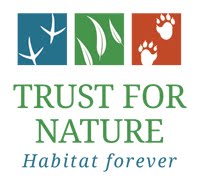We had two good lots of heavy rain that stimulated a lot of bracken growth and sprouting from the gum trees (about 60% of them are now showing signs of sprouting to various degrees). We've now had no really good rain for a few weeks, and things are either slowing down a lot or, in some cases, dying off.
First signs of sprouting mostly on the trunks. This is late December.
Fascinating to see how the bark is forced open and the green springs out.
In January I found these burnt fern nubs growing in the dry creek bed - the first of this species I've seen. But with no rain, by the end of February they were all dead.
Towards the end of January the rain we'd had meant a lot more tree growths.
This is early February, in one of the greener spots.
The wallaby seems to be used to us now and hangs around the house more often!
With the new growth, as well as bracken I'm seeing some of the native vegetation coming back more - lots of rushes, some heath, some bosseia, and very occasionally a bluebell or a vanilla orchid. A fair few grasshoppers and dragonflies. However butterfly numbers are very low. At this time of year there would normally be dozens everywhere I walk, but I'm lucky to see a couple at the moment.
A lot of the ground looks greenish with the bracken, but when I look closer, there is no leaf litter and it's all still bare. With the heavy rain, a lot of the ash has washed down into hollows.
A few of the bigger birds are around, including kookaburras. A few wrens and finches still, and occasionally bigger birds but not many. It may take a while for the insect population to build up to create a food chain again.
Tuesday, March 1, 2016
Subscribe to:
Posts (Atom)










